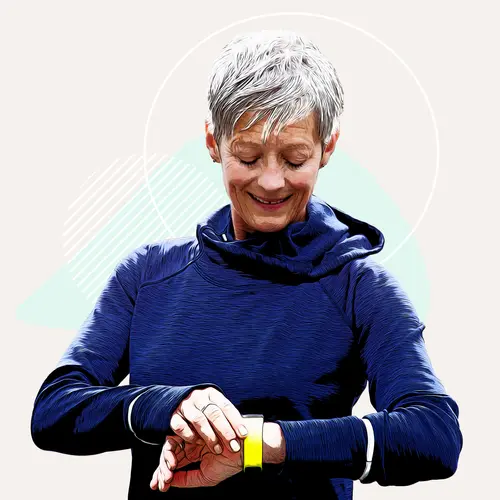A major component of being healthy is to maintain an active physical lifestyle. Combined with eating well and getting enough sleep, physical activity ranks highly among the things you can do to increase your chances of living a long, healthy life.
Being physically active is even more important as you age. Doing the same physical activities you did in your 20s and 30s, however, is probably not a good idea when you reach your 60s and 70s. It is important to identify exercises and activities that are healthy, fun, and safe for senior citizens.
Exercises to Help Senior Citizens
The National Institutes of Health (NIH) recommends that senior citizens do exercises that address four important areas:
- Balance: Falls are the leading cause of injury and death among people aged 65 and over. Incorporating activities like tai chi and yoga can help maintain your balance.
- Endurance: This includes aerobic activities that increase your heart and breathing rates. You should aim to do these exercises for 150 minutes a week.
- Flexibility: Simple activities like stretching once a day can dramatically improve your flexibility.
- Strength: This includes activities like weightlifting and using resistance bands. You should aim to do strength-building activities two to three times a week.
The exercises and activities below include some or all of the identified core target areas outlined above. They are great for senior citizens who want to maintain an active lifestyle while ensuring they stay safe and healthy.
Exercising in water is a great way to move your body if you’re worried about arthritis and joint pain. The water helps support your body weight, and it also provides a natural resistance, eliminating the need to use additional weights. With water aerobics, you can improve your balance, flexibility, and strength.
Some exercises to consider in water aerobics are leg lifts, arm circles, and walking in place.
Chair Yoga
Yoga has been scientifically proven to not only have therapeutic effects but to also improve the quality of life of those who practice it.
Given inaccurate assumptions about yoga, however, many people think that they are not capable of doing yoga, especially older adults. While some yoga poses do seem daunting — such as a handstand scorpion pose —many are safe, easy, and beneficial.
Chair yoga, for example, is easy to do because it imposes little stress on muscles, joints, and bones. By simply sitting in a chair, controlling your breathing, and performing simple stretches like a seated forward bend, seated twist, or single-leg stretch, you can easily do yoga from the comfort of your favorite chair! Here are more chair exercises for seniors.
Pilates has become a popular form of exercise because it is low impact. Developed over a century ago, this practice focuses on breathing, body alignment, concentration, and developing core body strength.
Pilates exercises are designed to increase endurance and muscle strength, and they’ve been shown to improve balance and posture as well.
A few Pilates exercises for older adults are step ups, side circles, and mermaid movements.
Often overlooked, walking is an excellent form of exercise and is accessible to almost everyone. While distances and time will vary from person to person, implementing a walking regimen that fits your lifestyle and comfort level is a great way to improve and maintain endurance and strength.
Studies have shown that simply walking 10,000 steps a day lowered the ten-year mortality rate by 46%.
An important part of maintaining a steady walking schedule is to make it fun. Identify areas around your home where a walk could be pleasant and enjoyable, like a nearby park, a safe trail, or a bustling city street.
Safety Considerations
Some physical activities are not suitable for people over the age of 65. Activities that require strenuous physical exertion, like long-distance running, abdominal crunches, rock climbing, and swimming, should be avoided. Regardless of what physical exercise you decide to engage in, you should communicate with your health care provider to ensure it is safe for you to do so.


